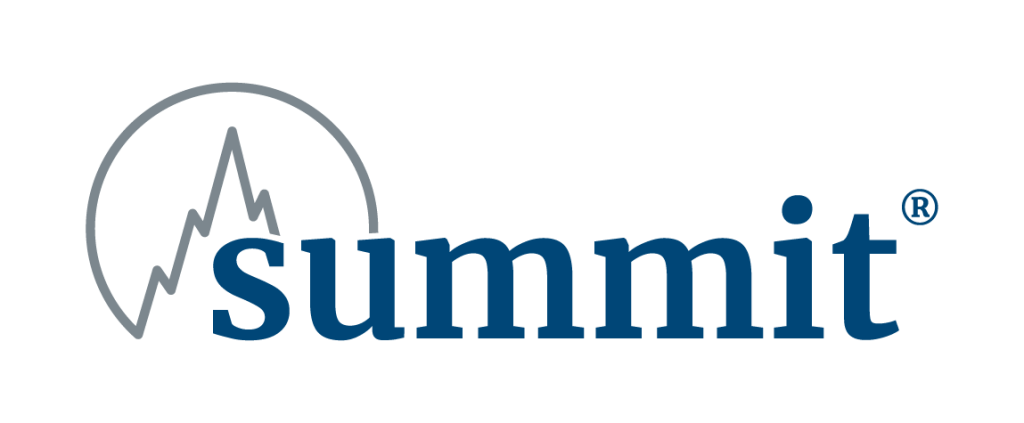
SAFETY TOPICS
Keep Employees Safe with Lockout/Tagout Procedures
Hazardous energy refers to energy sources, such as electrical, mechanical, and others, that can be released by machines to cause injury during maintenance. Lockout/tagout are the safety procedures used to ensure that equipment is shut down and inoperable until maintenance or repair work is complete. When hazardous energy is not properly controlled, it can be a serious threat to workers who are servicing or maintaining machinery. To reduce the risk of fatal injuries, workers need to be properly trained to ensure they know, understand, and follow energy control procedures.1 Proper lockout/tagout practices and procedures safeguard workers and help limit injuries that may include, but are not limited to electrocution, burns, cutting, and crushing body parts.2

Standards to protect workers
Be sure to follow the standard requirements when employees are exposed to hazardous energy while servicing and maintaining machinery. Listed below are some of the most critical requirements from these standards:2
- Develop, implement, and enforce an energy control program
- Ensure that new or overhauled equipment is capable of being locked out
- Use only lockout/tagout devices authorized for the particular equipment or machinery and ensure that they are durable, standardized, and substantial
- Ensure that lockout/tagout devices identify the individual users
- Establish a policy that permits only the employee who applied a lockout/tagout device to remove it
- Inspect energy control procedures at least annually
- Provide effective training as mandated for all employees covered by the standard
- Comply with the additional energy control provisions in OSHA standards when machines or equipment must be tested or repositioned, when outside contractors work at the site, in group lockout situations, and during shift or personnel changes
OSHA standards
The control of hazardous energy is also addressed in a number of OSHA standards by industry, including:3
- Marine Terminals (1917 Subpart C)
- Safety and Health Regulations for Longshoring (1918 Subpart G)
- Safety and Health Regulations for Construction; Electrical (1926 Subpart K)
- Concrete and Masonry Construction (1926 Subpart Q)
- Electric Power Transmission and Distribution (1926 Subpart V)
- General Industry; Electrical (1910 Subpart S)
- Special Industries (1910 Subpart R)
- Electric Power Generation, Transmission and Distribution (1910.269)
It’s important to train new hires before they start the job and continue to hold training meetings for all employees to ensure their continued safety.
Online safety training videos
Our policyholders and agents have access to an extensive library of safety training videos. Acess training videos by entering your username and password. Type Lockout Tagout in the search bar for the available videos. Policyholders and agents can request login credentials by emailing [email protected]. (Videos provided through JER HR Group LLC, dba Training Network, a Summit vendor.)
If you would like additional resources, please contact your Summit loss prevention consultant.
Footnotes
- “Control of Hazardous Energy (Lockout/Tagout).” Occupational Safety and Health Administration, U.S. Department of Labor, www.osha.gov/control-hazardous-energy (Accessed Jan. 21, 2022).
- Occupational Safety and Health Administration. OSHA Fact Sheet – Lockout/Tagout. U.S. Dept. of Labor, 2002, www.osha.gov/sites/default/files/publications/factsheet-lockout-tagout.pdf (Accessed Jan. 21, 2022).
- 29 C.F.R. §§ 1910.269, 1910 Subpart R, 1910 Subpart S, 1917 Subpart C, 1918 Subpart G, 1926 Subpart K, 1926 Subpart Q & 1926 Subpart V (2022).
Disclaimer
The information presented in this publication is intended to provide guidance and is not intended as a legal interpretation of any federal, state or local laws, rules or regulations applicable to your business. The loss prevention information provided is intended only to assist policyholders of Summit managed insurers in the management of potential loss producing conditions involving their premises and/or operations based on generally accepted safe practices. In providing such information, Summit Consulting LLC does not warrant that all potential hazards or conditions have been evaluated or can be controlled. It is not intended as an offer to write insurance for such conditions or exposures. The liability of Summit Consulting LLC and its managed insurers is limited to the terms, limits and conditions of the insurance policies underwritten by any of them.

